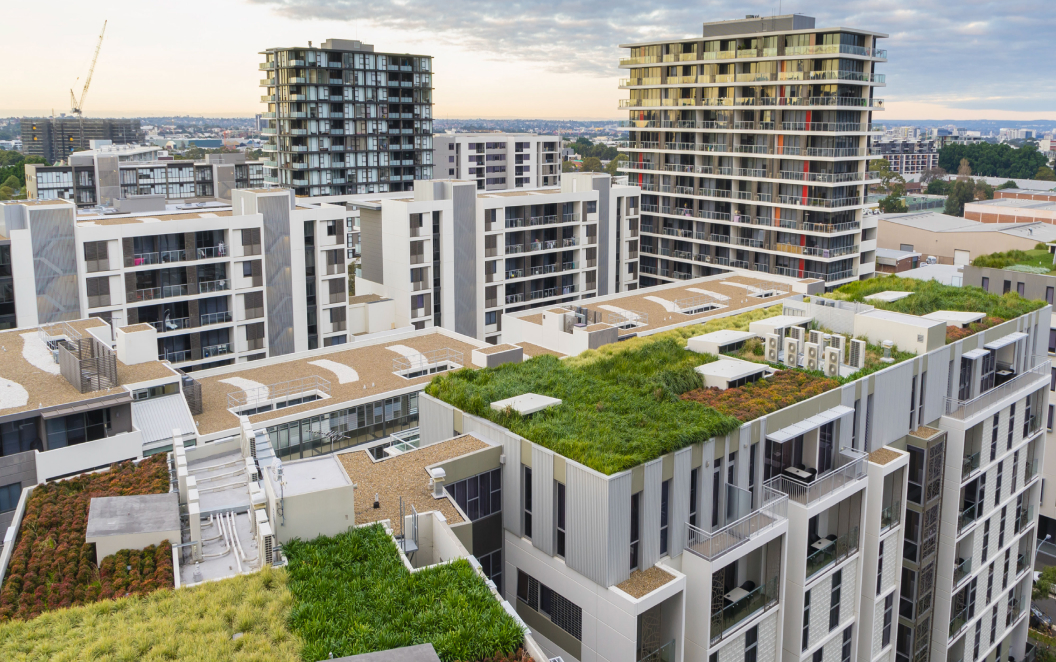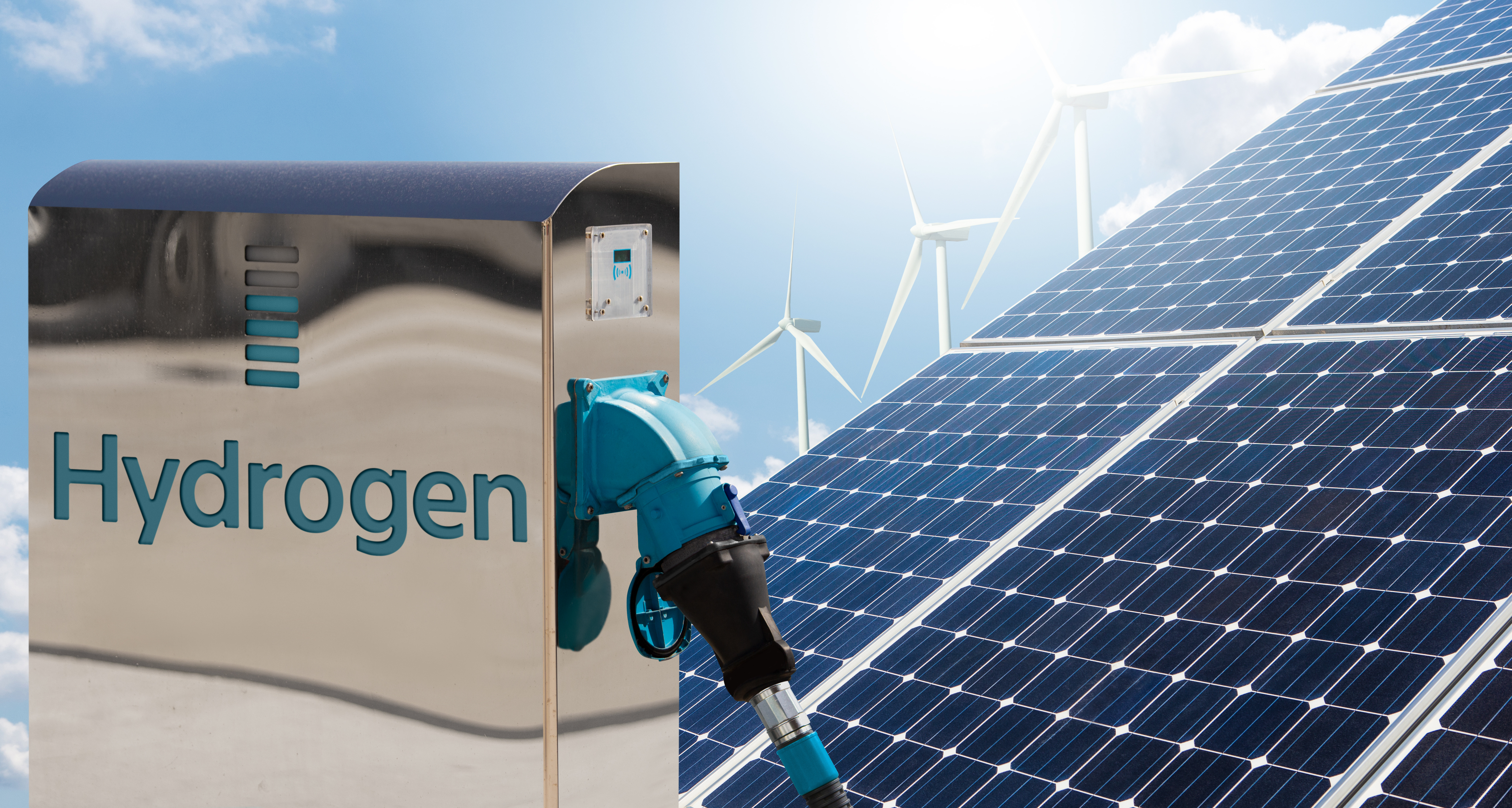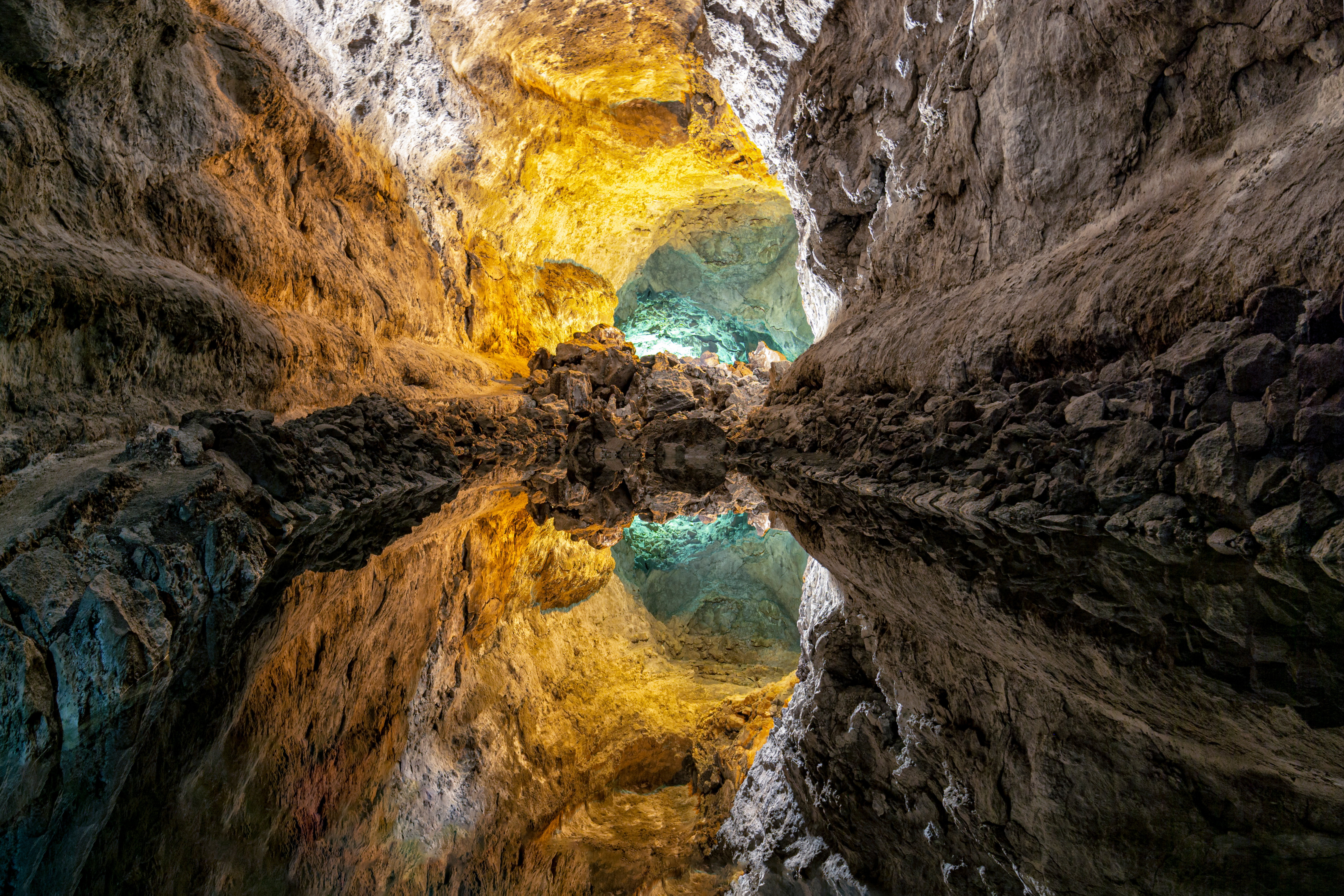Una de las últimas tendencias en jardinería, que gana adeptos, es el diseño interior de paisajes o el Plantscaping, que consiste en colocar plantas en macetas en un área interior, pero el mismo tiempo involucra la disposición estratégica de las plantas en el espacio con un objetivo. Esta tendencia se volvió más importante después de la pandemia, ya que las personas buscan mantener el contacto con la naturaleza
Así, el plantscaping se refiere al uso de plantas y vegetación en el interior de manera estratégica, para potenciar y destacar aspectos del diseño arquitectónico. En este sentido, dependiendo del formato de las plantas se pueden utilizar y adaptar a diferentes espacios.
Es una combinación de arte, diseño y técnicas de cultivo para personalizar los espacios interiores. Cuando se realiza correctamente, puede conllevar un destacado atractivo visual al hogar u oficina y beneficios para la salud de sus habitantes o usuarios.
Para su implementación, el plantscaping depende de una serie factores, como por ejemplo qué es lo que se quiere lograr con las plantas. Si se busca crear espacios más modernos se pueden utilizar plantas simétricas como las suculentas; si se pretende mejorar los aromas de un ambiente, pueden colocarse plantas como lavanda.
Con respecto al término plantscapes, fue utilizado por Richard Gains en su libro Interior Plantscaping de 1977. En este libro, el autor usó el término "plantscapes" para separarlo de la planificación de oficinas de paisaje interior. Para Gains, la definición de paisaje vegetal está limitada a plantas dentro de estructuras cerradas.
De todas maneras, los primeros usos de las plantas se remontan al año 1000 A.C., donde los chinos cultivaban plantas en el hogar como símbolo de riqueza. Luego con los años se fueron integrando más las técnicas de arquitectura y la naturaleza. Las casas se empezaron a construir con techos más altos, más pisos, ventanas más grandes y calefacción central, creando un ambiente más habitable para diferentes tipos de plantas.
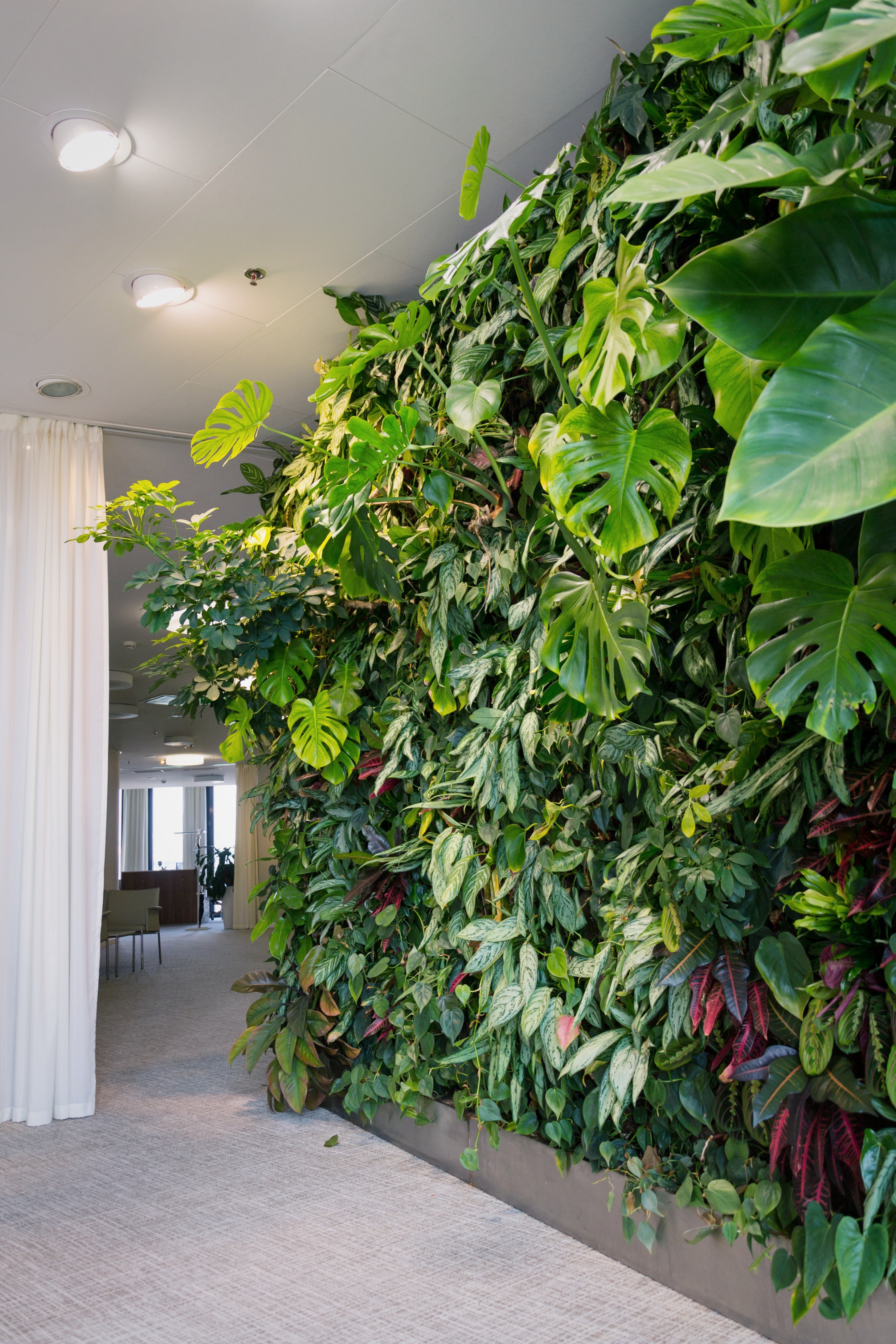
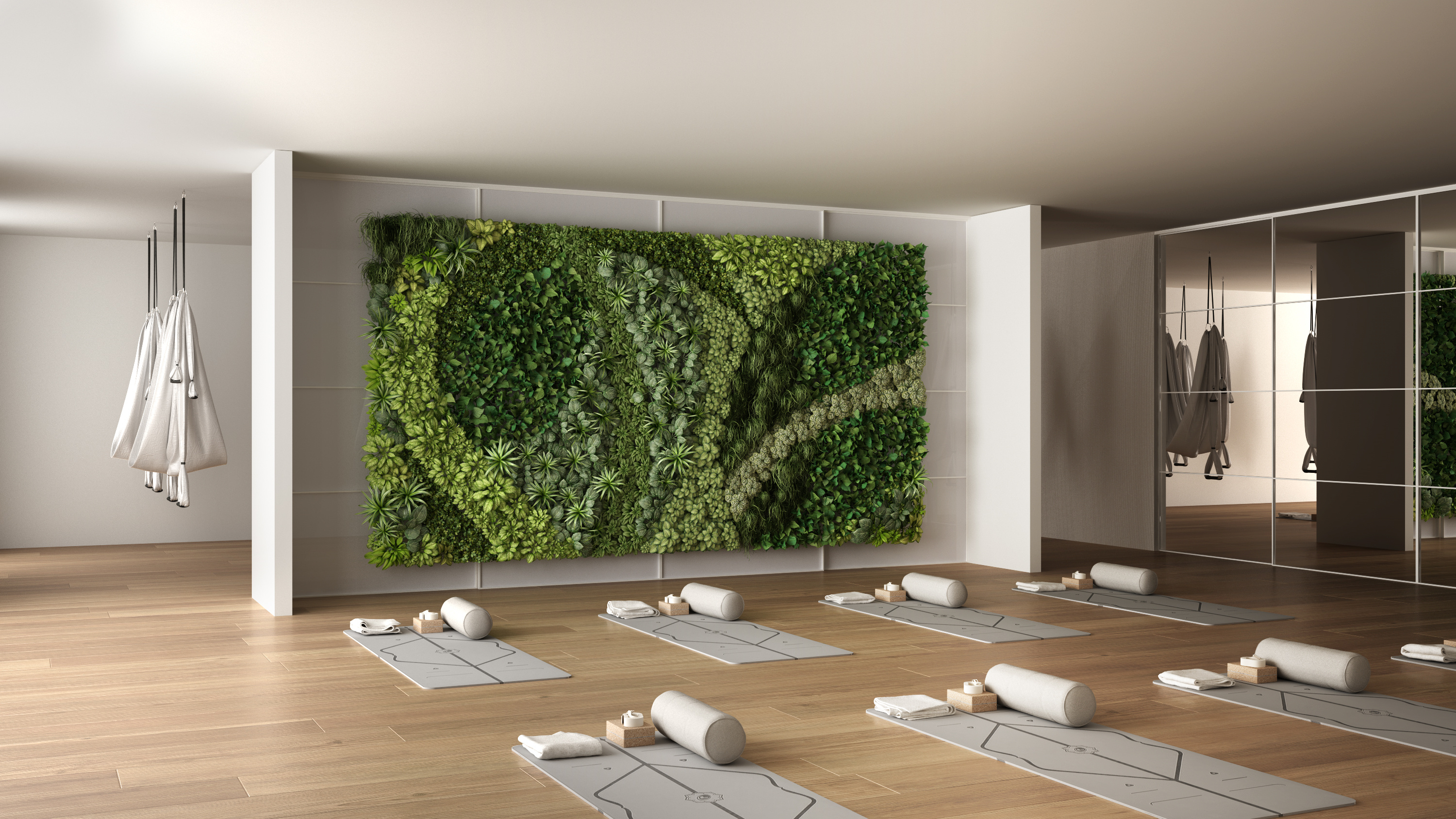
Beneficios
Además del complemento arquitectónico de las plantas de interior, las mismas conllevan diversos beneficios, como purificar el ambiente, regular la temperaturas, generan sensación de bienestar para las personas, contribuyendo a un mejor funcionamiento del ambiente de trabajo, o vida cotidiana. Asimismo, el follaje interior ayudar a mejorar el estado de ánimo y energía.
En ese sentido, integrar la naturaleza en un domicilio u oficina es una tendencia permite incorporar elementos naturales y crear espacios más amenos y relajados para los habitantes o empleados. Asimismo, las plantas oxigenan el aire y reducen el dióxido de carbono y las toxinas ambientales. Además, ayudan a desconcertar el exceso de ruido y reducir las distracciones visuales.
Así, diversos estudios han demostrado la colocación de plantas en el lugar de trabajo mejoran la productividad, además de generar mayor bienestar y reducir el estrés. Esto se puede traducir en un menor ausentismo y rotación de empleados.
En cuanto a la productividad, como ventaja, los empleados logran mayor creatividad y resolución de problemas, logrando empleados más sanos y felices.
Las oficinas que tienen una mayor cantidad de plantas de interior mostraron un aumento en la cognición y la calidad del sueño. En general, tener plantas en el espacio de trabajo es altamente beneficioso para el estado de ánimo y productividad.
Por lo tanto, a nivel laboral, el plantscaping como herramienta, genera mayor salud, satisfacción y felicidad en general. Entre plantas más grandes, más limpio estará el aire y será más atractivo visualmente.
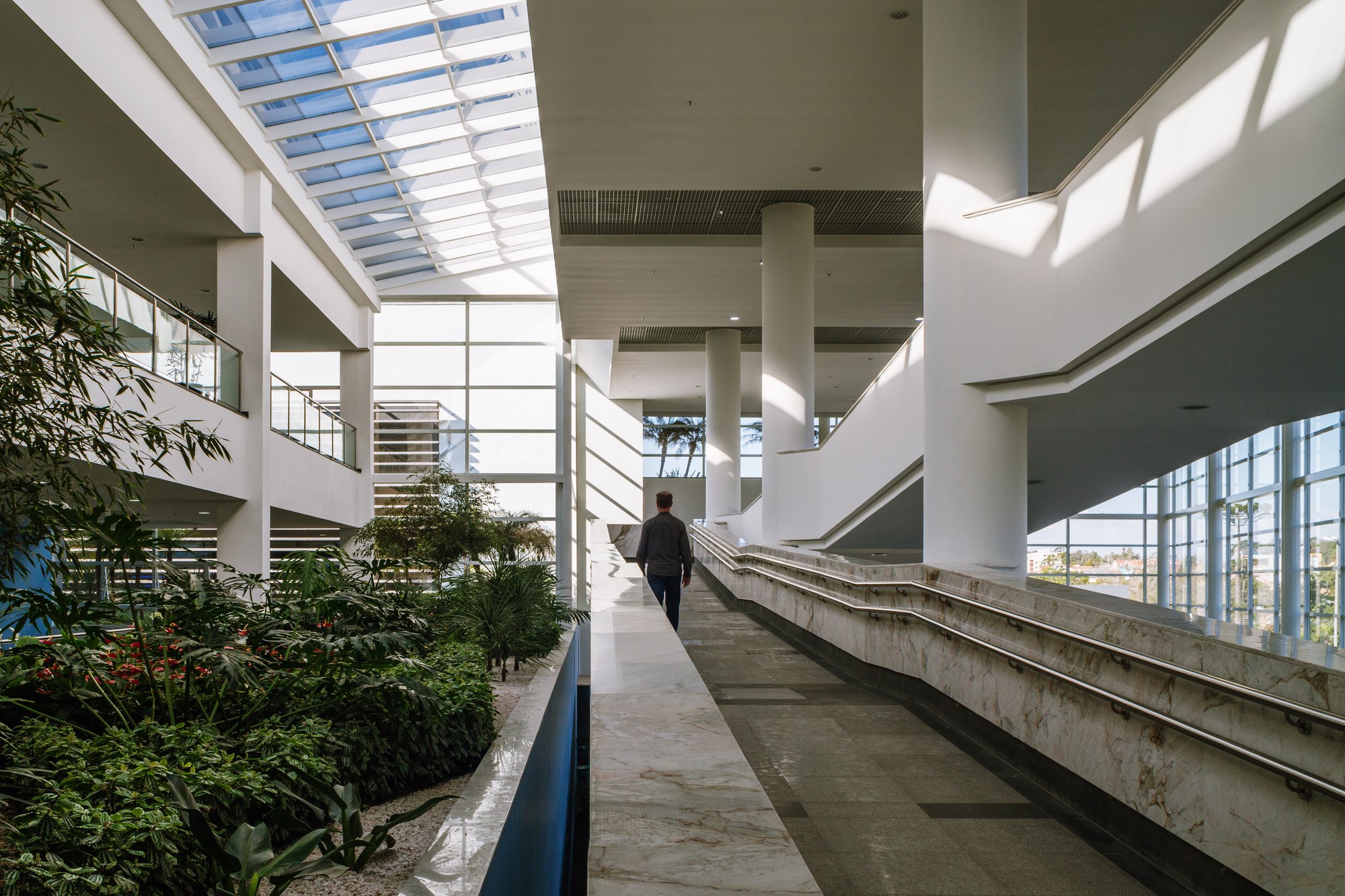
Cómo aplicarlo
Para comenzar es necesario primero evaluar los espacios. Cada uno es diferente y, del mismo modo, cada espacio de plantas de interior será diferente. Es necesario verificar si las plantas estarán expuestas a suficiente luz solar; si tendrán suficiente espacio para crecer, una vez determinado estos puntos se puede comenzar con la planificación.
El siguiente paso, es seleccionar las plantas adecuadas para el espacio. Deben estar en armonía con el ambiente. En los primero trabajos, se recomienda utilizar plantas que no requieran grandes cuidados como algunas suculentas o aloes.
En cuanto a la distribución, se pueden colocar las plantas en capas para agregar diseño y profundidad al espacio. Asimismo, se pueden colgar del techo a diferentes alturas, logrando una sensación de dimensional. También es importante acompañar la elección con macetas que combinen con la decoración.
Las plantas altas pueden utilizarse en espacios amplios para producir hitos focales. Por otro lado, grupos de plantas pueden ayudar a producir un espacio de descanso. Mientras que utilizar plantas dispersas en espacios contenidos pueden ayudara al control térmico y acústico. Otras especies también pueden establecerse en espacios debajo de las escaleras.
En cuanto al armado, se debe seleccionar una buena mezcla de tierra para macetas. Se recomienda comprar tierra fértil con los nutrientes incorporados.
Es importante, resaltar que al estar en el interior las plantas necesitarán más cuidados que las plantas al aire libre. Se deberán darles fertilizante en caso necesario y hacer poda de las partes secas.
Por último, es necesario ser cuidadoso con posibles plagas y estar atento a cambios en las hojas o en la planta. También es importante no regar en exceso y estar pendientes de la exposición a la humedad.
A nivel general, un proyecto de paisajismo bien diseñado reduce la humedad, controla el exceso de calor, mejora la calidad del aire y la acústica de la habitación. Además, la presencia del plantas y vegetales aporta calma, productividad y estimula el aprendizaje y la creatividad.
Finalizando, esta técnica puede se aplicada a diferentes espacios, tanto como grandes como chicos y existen infinitas de combinación de plantas y vegetales que puede contribuir a crear estos espacios.
Casos emblemáticos:
Oficinas con plantscaping en San Diego, Estados Unidos.
Trabajos realizados por Plantscaping Bloom en Clevland, Estados unidos.
Hospital Manuel Hospital Rocio en Brasil

